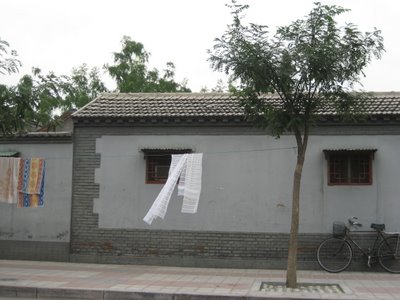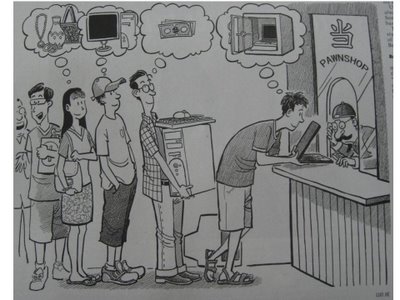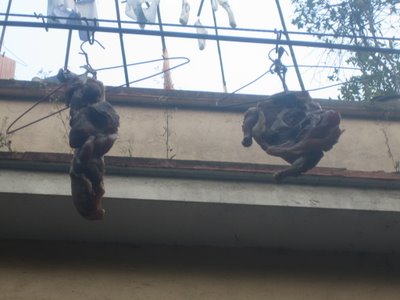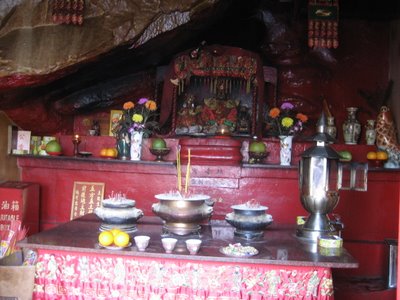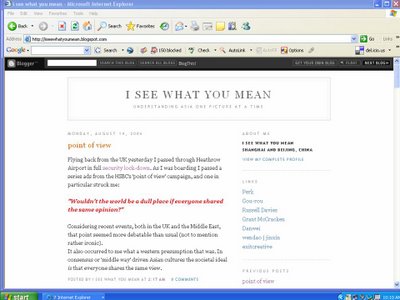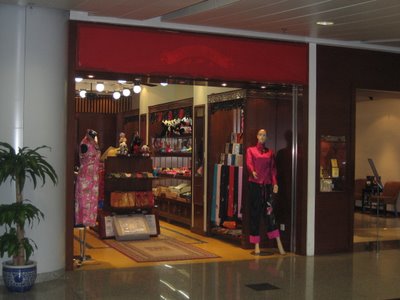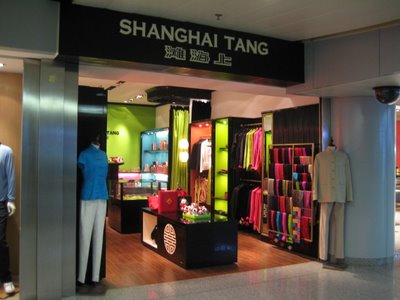
It's an unusual sight as mostly I see something like this:
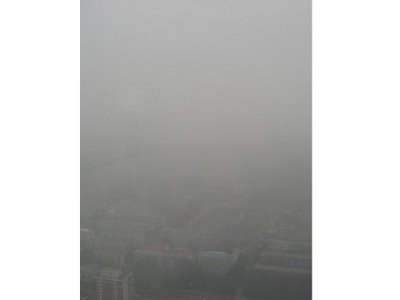
Now this second photo was taken on a warm summer day and the lack of visibility is down to pollution rather than bad weather. Increased car traffic, coal burning, construction and mongolian sand storms all add up to create this. Beijingers in a recent survey put pollution as one of 3 top gripes about the city but it's actually been improving, at least officially. Back in 1998 there were only 100 'blue sky days', last year there were 234 blue sky days. The target for 2006 is 238 though we are lagging behind having only managed 107 so far. And where do brands come into this? Well, how does this sort of environment effect people's sense of well-being and how can brands answer this through product, communications, corporate citizenship and their own manufacturing processes? Considering the government's 11th 5 year plan's focus on the environment, brands also have more opportunities now to work alongside or complement government initiatives. And in a John-Grant-cultural-branding sort of way is there ground for brands to bridge the tension between this environmental cost versus the economic progress which is creating it? Research suggests that around 50% of Chinese consumers would be prepared to pay for more environmentally friendly products, and two-thirds of smog-bound Beijingers.






